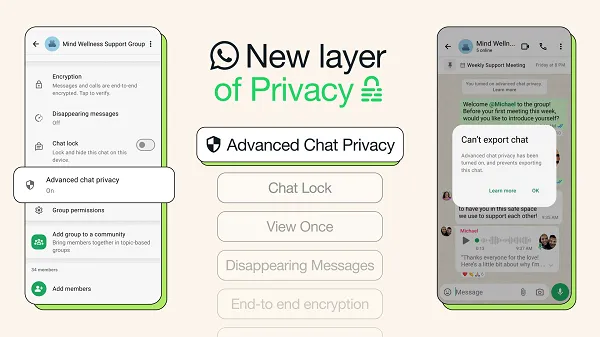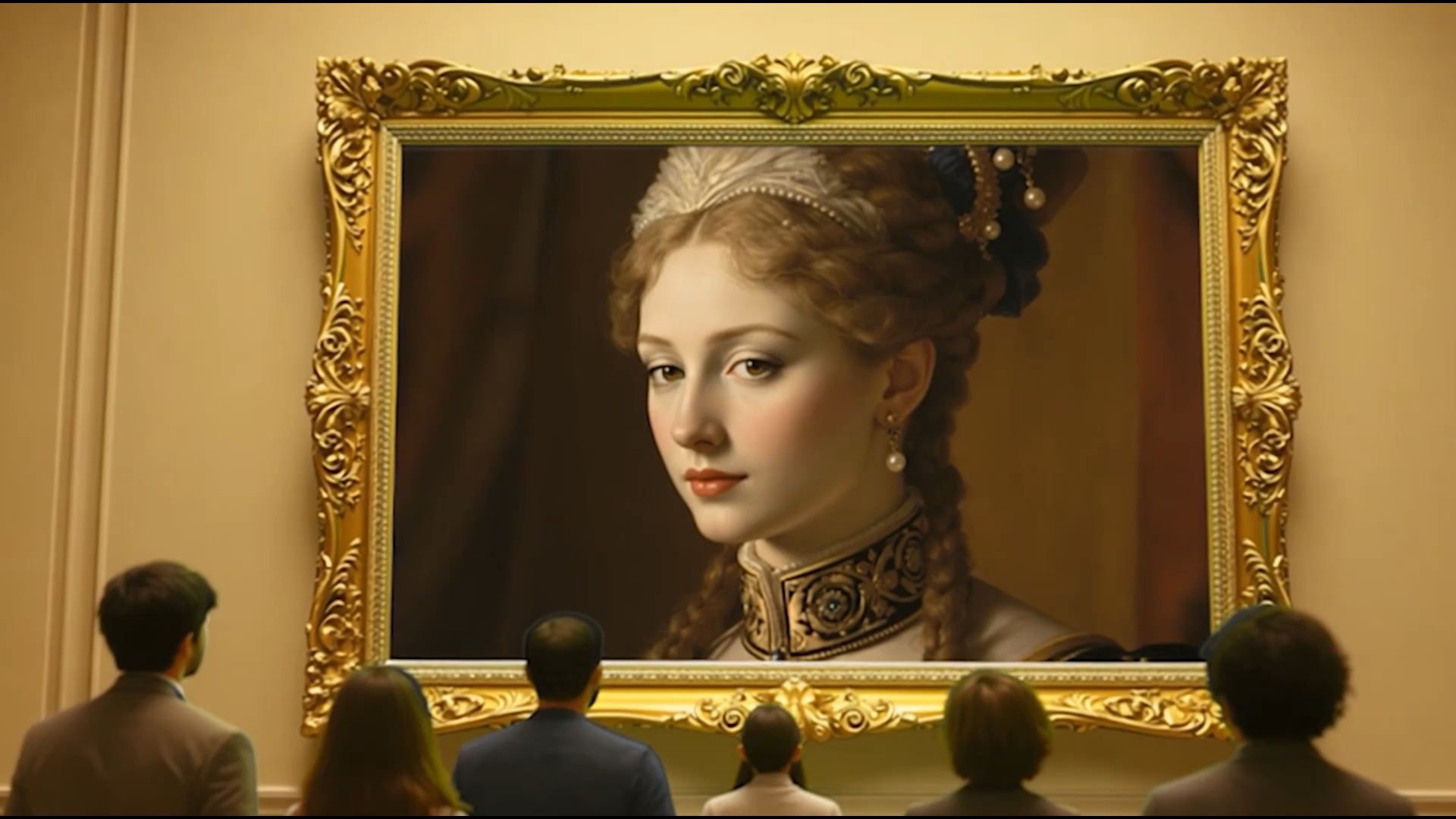Scientists Hack Human Eye to See a Whole New Color, Called "Olo"
The human eye can see millions of colors — but no eyes have ever before beheld "Olo." Only five people on the planet — all from a team of researchers in California — have witnessed this brand new color. And to earn this exclusive privilege, they had to fire laser pulses into their eyeballs. As detailed in a new study published in the journal Science Advances, the pulses stimulated specific cells in the researchers' retinas without activating the others, unveiling an unconquerably saturated hue that's impossible to see naturally. According to the lucky few, the color's closest analog to us […]


The human eye can see millions of colors — but no eyes have ever before beheld "olo."
Only five people on the planet have witnessed this brand new color, thanks to the efforts of a team of researchers in California. And to earn this exclusive privilege, they had to fire laser pulses into their eyeballs.
As detailed in a new study published in the journal Science Advances, the pulses stimulated specific cells in the participants' retinas without activating the others, producing a hue of unconquerable saturation that's impossible to see naturally. According to the lucky few, the color's closest analog to us unenlightened humans is turquoise — but this apparently doesn't do it justice.
"There is no way to convey that color in an article or on a monitor," study coauthor Austin Roorda, a vision scientist at UC Berkeley, told The Guardian. "The whole point is that this is not the color we see, it's just not. The color we see is a version of it, but it absolutely pales by comparison with the experience of olo."
Our perception of color is determined by photoreceptor cells in the retina called cones, of which there are three types: L cones for long wavelengths of light, M cones for medium wavelengths, and S cones for short wavelengths.
L cones pick up the colors we see as red light, M cones as green light, and S cones as blue light. Naturally, colors tend to be a blend of these spectrums. And while L cones and S cones can largely be stimulated on their own, that isn't the case for M cones; the light they react to also activates either the L or S cones, too.
"There's no light in the world that can activate only the M cone cells because, if they are being activated, for sure one or both other types get activated as well," coauthor Ren Ng, a professor of electrical engineering and computer science at UC Berkeley, told Scientific American.
But the researchers found a way to cheat that situation. First, they mapped each participant's retinas to find the position of their M cones. They then applied these findings in the setting of a dark lab, where the participant keeps still as a tiny pulse of light is fired into each M cone cell, one at a time. As the cells are lasered into, a magnificent turquoise patch roughly twice the size of a full moon forms in the subject's field of vision, per the Guardian. The effect is temporary, but the impression it leaves, apparently, is long-lasting.
"It's a fascinating study, a truly groundbreaking advance in the ability to understand the photoreceptor mechanisms underlying color vision. The technical demands necessary to achieve this are enormous," Manuel Spitschan, a research leader at the Max Planck Institute for Biological Cybernetics in Germany who was not involved in study, told Scientific American. "An open question, is how this advance can be used."
Others aren't convinced that it's anything more than a neat party trick.
"It is not a new color," John Barbur, a professor of optics and visual science at City St George's, University of London, told the Guardian. "It's a more saturated green that can only be produced in a subject with normal red-green chromatic mechanism when the only input comes from M cones." Barbur said that the work had "limited value."
Ng hopes the technology could one day be applied to create screens that are tailor-made to deliver perfect colors to your retinas, he told Scientific American. It could also let color blind patients see certain colors for the first time — but only temporarily.
More on vision: Neuralink Competitor Restores Vision in Blind Patients With Eye Implant
The post Scientists Hack Human Eye to See a Whole New Color, Called "Olo" appeared first on Futurism.


























































































































































































![How to Find Low-Competition Keywords with Semrush [Super Easy]](https://static.semrush.com/blog/uploads/media/73/62/7362f16fb9e460b6d58ccc09b4a048b6/how-to-find-low-competition-keywords-sm.png)
